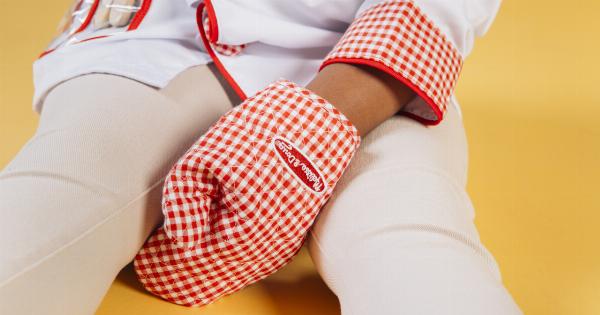The evolution of humans has been a fascinating topic for scientists and researchers for centuries. From primitive ancestors to modern humans, our species has undergone significant changes over time.
One area of interest in human evolution is hand augmentation, which refers to the enhancement of hand capabilities through various means. This article explores the relationship between human evolution and hand augmentation, examining how our hands have evolved and how advancements in technology have allowed us to augment their functionalities.
Evidence of Human Hand Evolution
Understanding the evolution of human hands requires examining the fossil record, comparative anatomy, and genetic studies. The bones in our hands have undergone critical changes throughout our evolutionary history.
Early Human Ancestors
Homo habilis, one of our earliest ancestors, had hands that were more advanced than those of their primate relatives. Their opposable thumbs allowed them to grip tools with precision, contributing to their ability to manipulate objects.
The Role of Tools in Hand Evolution
The evolution of our hands was closely tied to the development and use of tools throughout human history. As early humans began crafting and using tools, they exerted specific pressures on their hands, resulting in physiological changes.
Hand Augmentation in Prehistoric Times
While early humans relied primarily on biological adaptations to enhance their hand capabilities, they also utilized natural materials to augment their hands.
For example, they crafted handles from bones, improving grip strength and control while using tools.
Modern Humans and Hand Evolution
As our ancestors transitioned from Homo erectus to modern humans, our hands underwent further changes. The lengthening of fingers allowed for more dexterous movements and improved manipulation of objects.
Additionally, the formation of the saddle joint in the thumb allowed for enhanced precision grip.
Technological Advancements in Hand Augmentation
With the advent of technology, humans have been able to augment their hands beyond natural capabilities. The field of hand augmentation encompasses various advancements that enhance hand functionalities.
Prosthetics and Hand Augmentation
Prosthetic hands have played a crucial role in restoring functionality to individuals who have experienced hand loss or impairment. The advancements in prosthetic technologies have allowed users to regain a significant degree of hand dexterity.
Robotic Hands and Human-Machine Integration
Researchers are actively developing robotic hands that can mimic human hand movements and functionalities. These hands can be controlled through neural interfaces, allowing individuals to perform complex tasks without direct physical contact.
Bionic Hands and Sensory Feedback
Bionic hands combine robotics and sensory feedback to provide users with a more natural experience. By integrating sensors into the hand, users can receive tactile information, improving their ability to interact with the environment.
Hand Augmentation and Human Potential
The evolution of the human hand, coupled with advancements in hand augmentation, presents opportunities to redefine human potential. By enhancing hand capabilities, individuals can perform tasks beyond the limitations of natural biology.
Ethical Considerations
While hand augmentation offers numerous benefits, it also raises ethical concerns. Questions regarding accessibility, affordability, and the potential impacts of these advancements on society must be carefully considered.
The Future of Hand Augmentation
As technology continues to advance, the possibilities for hand augmentation are likely to expand. Future developments may include seamless integration between human and machine, enhanced sensory feedback, and further customization for individual needs.
Conclusion
Human evolution and hand augmentation are intertwined, with our hands evolving to meet the demands of our species. As technology progresses, the augmentation of our hands allows us to push the boundaries of our capabilities.
These advancements have the potential to redefine what it means to be human and the extent of our potential.





























